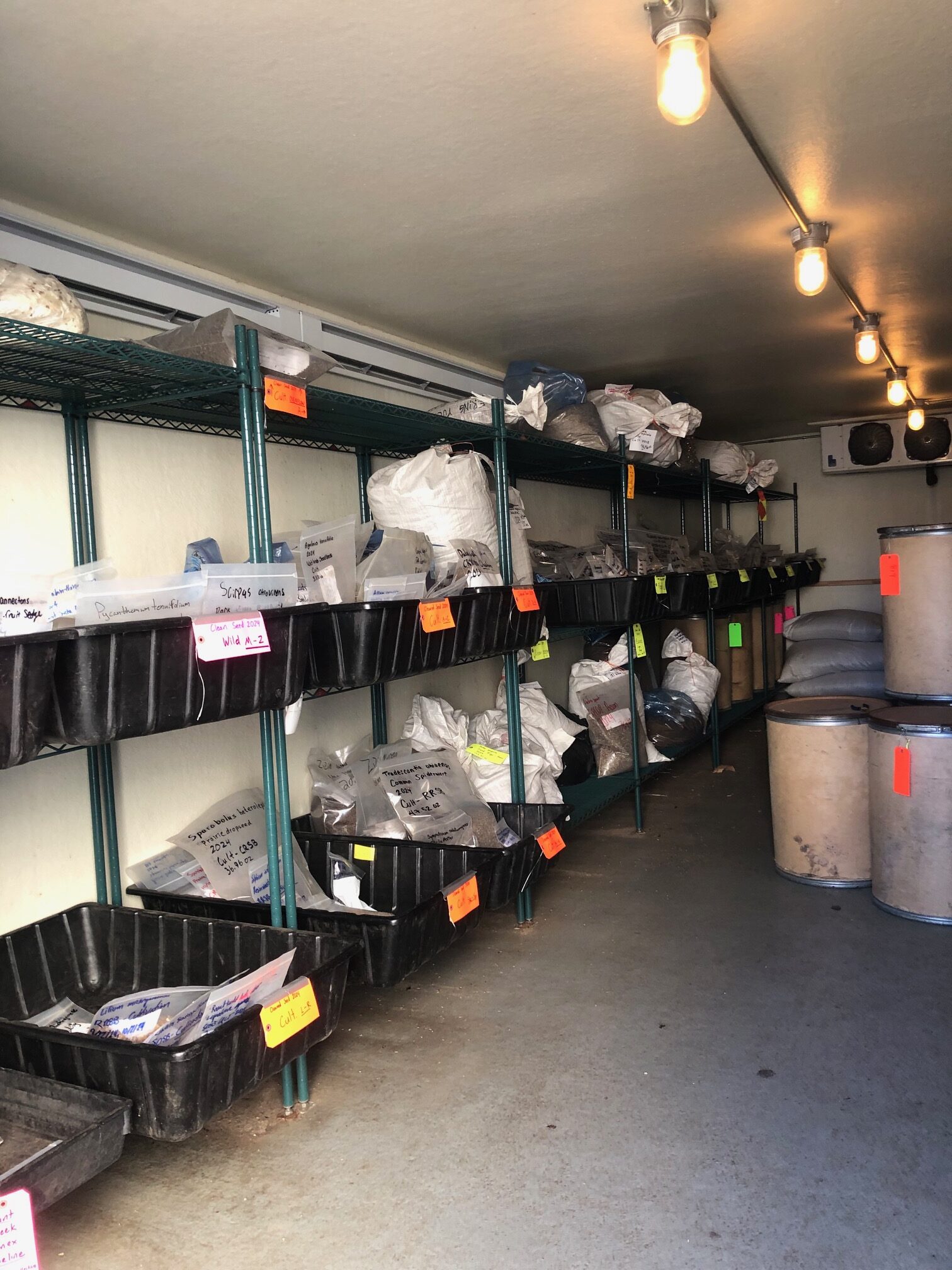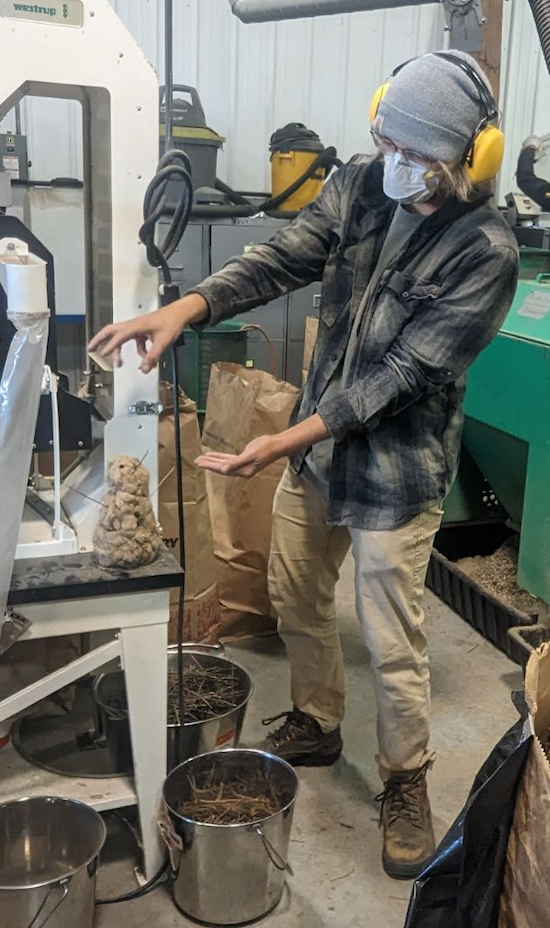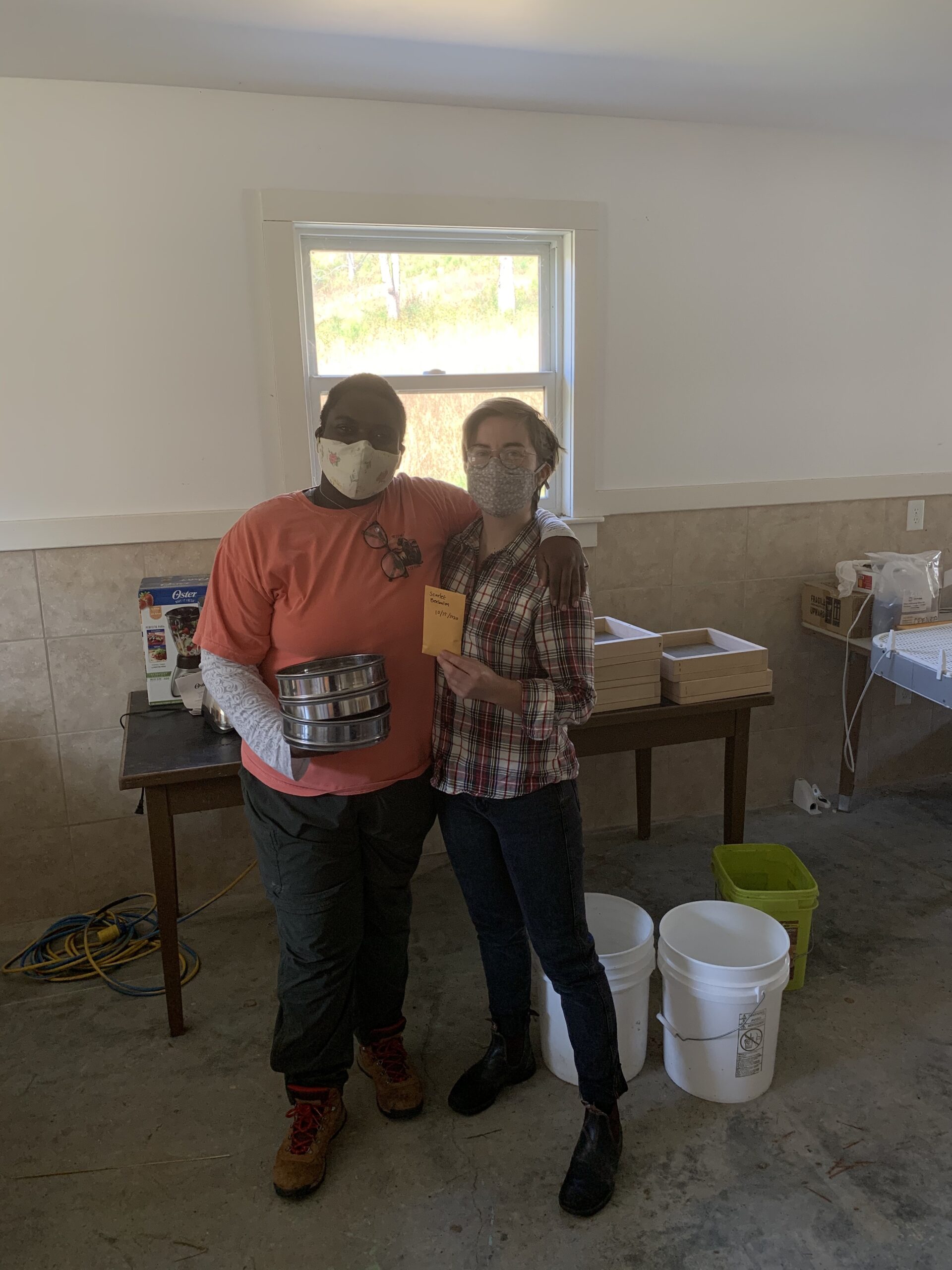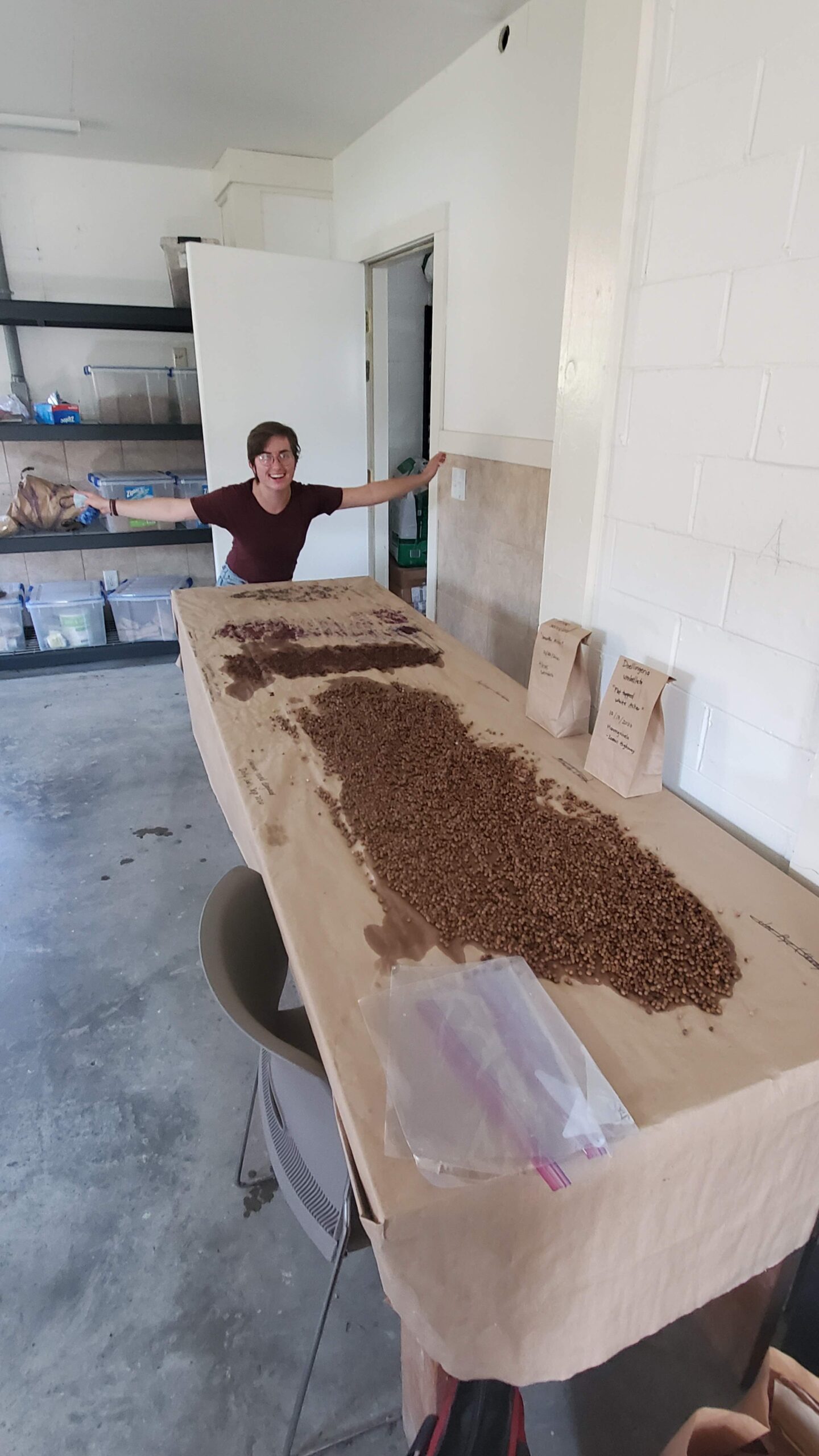The four co-interns I started with have ended their time at Midewin, leaving me with a whopping three weeks to complete all by my lonesome. I write this after the first week by myself, which was pretty good despite much less laughter and chatter.
With the boys gone and the harvest season drawing to a close, my main responsibility is to clean seed! It’s rather monotonous and dusty work, but satisfying in its own way. There is a gratifying finality in seeing months of hard work condensed into a Ziploc bag full of seed. Every bag of seed is a memory, too. It feels special to know that to anyone else in the world, they’re just bags of seed and nothing more. As if it had materialized spontaneously out of thin air. And to them, it might as well have. What difference would it make? But I can remember the day that we collected them, where we were and what we talked about.
I hope that the seeds we picked absorb some of our happy memories and maybe that will make them grow a little better. We’ll all go in different directions, maybe we’ll fall out of touch and we won’t know where we ended up. But I hope that the plants that grow from our seeds will somehow remember and store our memories for us so long as the prairie is still here.




Logan and his very cute chaff snowman.



